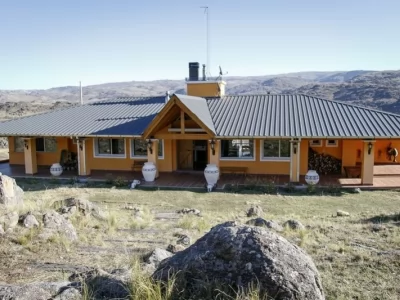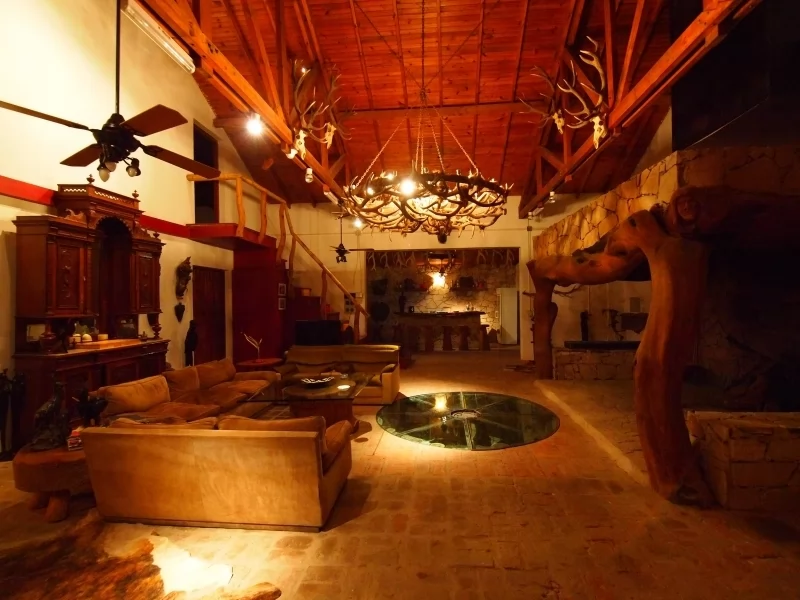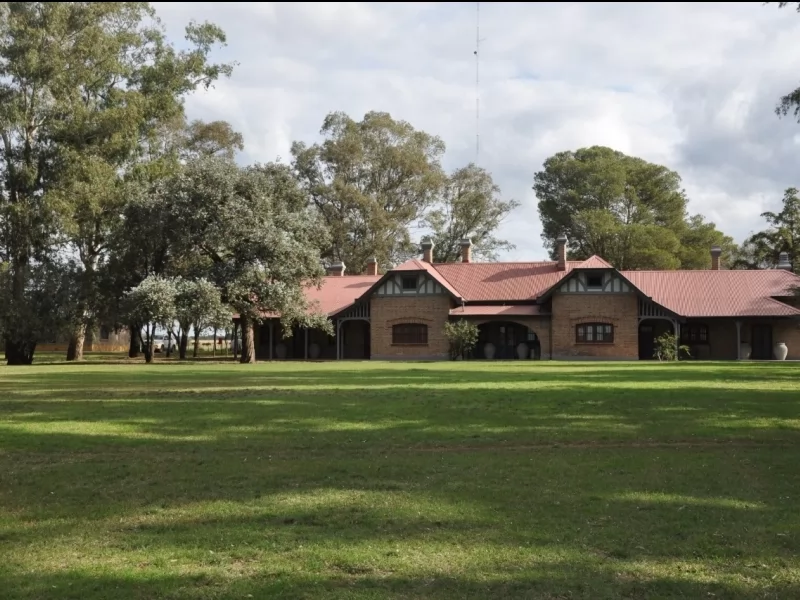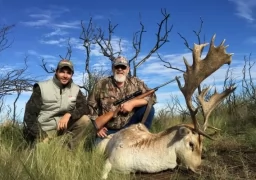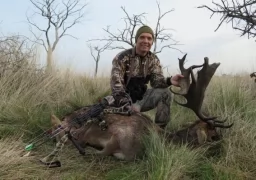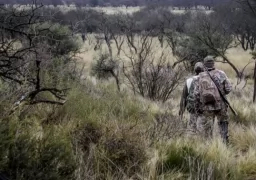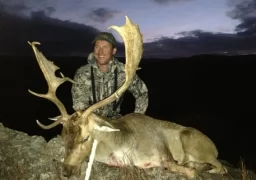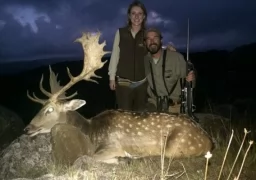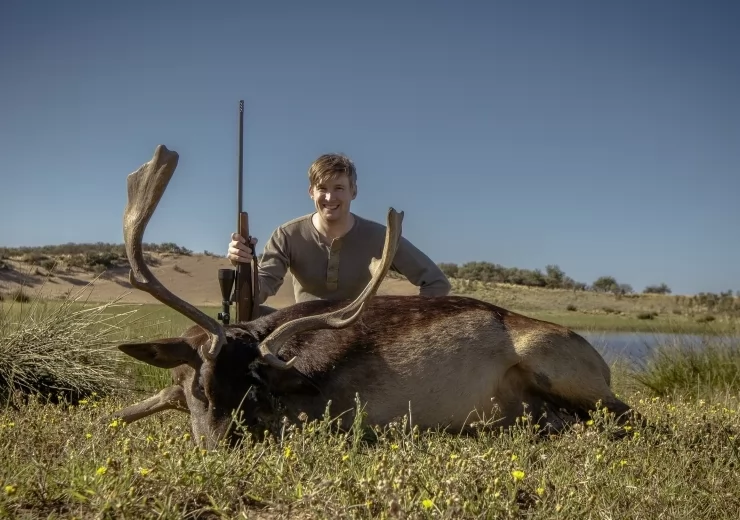Hunting Season
The roars of Fallow Deer begin around early May until November. These animals are mainly diurnal and generally prefer open fields. They live in herds, and males establish territories during the breeding season. After the rut, males are concentrated in droves. It is an exciting hunt with unforgettable landscapes.
Locations and Lodges
LA PAMPA LODGE. It is located 34 miles from the city of Santa Rosa, in the province of La Pampa, Argentina, and it is 400 miles from Buenos Aires Capital City. This lodge was established in a location of the Argentine Pampas where the ongoing study and monitoring of species ensures guests the most prized trophies in Big Game Hunting Argentina, but with the most careful consideration of nature and the healthy practice of the sport.
SAN FERNANDO LODGE. It's located in San Luis. From San Luis airport to the lodge it is a 2-hour drive.The farm and hunting ranch has 21,000 acres for shooting, together with the farming business development, which allows our visitors to enjoy the Argentine countryside lifestyle for a few days.
SAN EDUARDO LODGE. It is located 62 miles from Santa Rosa city, in the province of La Pampa, Argentina, and around 400 miles from Buenos Aires Capital City. The lodge rests on a natural balcony by the hills and the ravines of Quehue Valley, that is the reason why it allows us to enjoy a unique and magnificent landscape. The combination of this and the great Big Game trophies available here, make of this lodge the best place for your next hunt.
The hunting method is usually stalking, 2 hunter 1 guide following the roar.
Rifles and ammo
Rifles available at the lodge: 308 win Mauser; .300 win mag KDF; 7mm wby mag
*check by email for another special request 45 days prior to your trip.
*Rifle ammunition goes from U$S 12 to U$S 15 the box.

